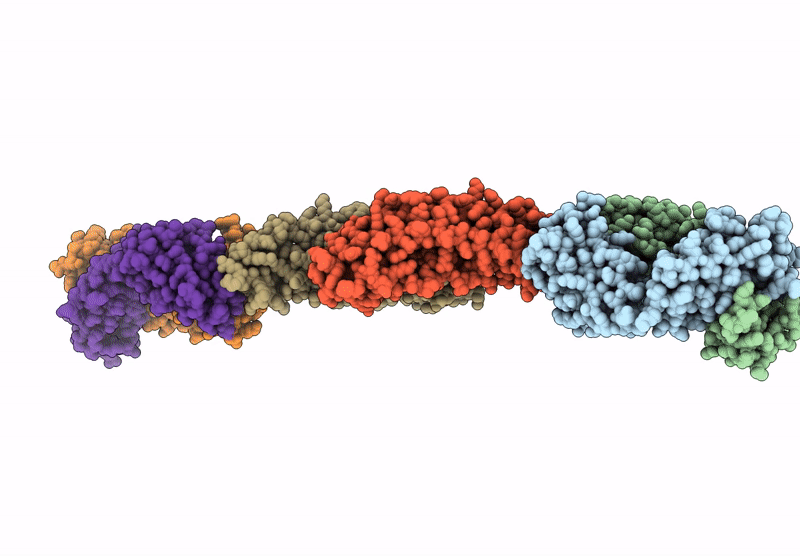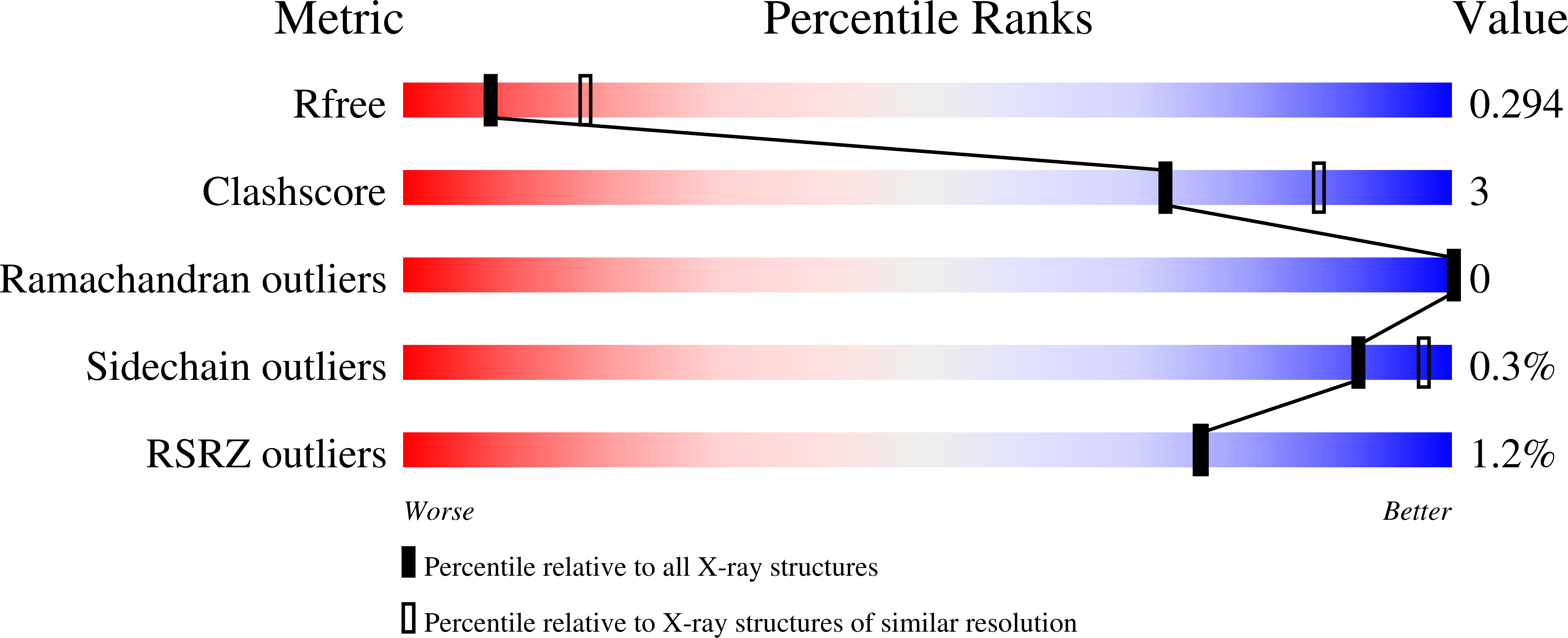
Deposition Date
2024-02-04
Release Date
2025-08-27
Last Version Date
2025-09-17
Entry Detail
PDB ID:
8VXJ
Keywords:
Title:
The crystal structure of human apolipoprotein A-I in complex with Fab 55201
Biological Source:
Source Organism:
Homo sapiens (Taxon ID: 9606)
Mus musculus (Taxon ID: 10090)
Mus musculus (Taxon ID: 10090)
Host Organism:
Method Details:
Experimental Method:
Resolution:
2.70 Å
R-Value Free:
0.29
R-Value Work:
0.26
R-Value Observed:
0.26
Space Group:
P 1 21 1


